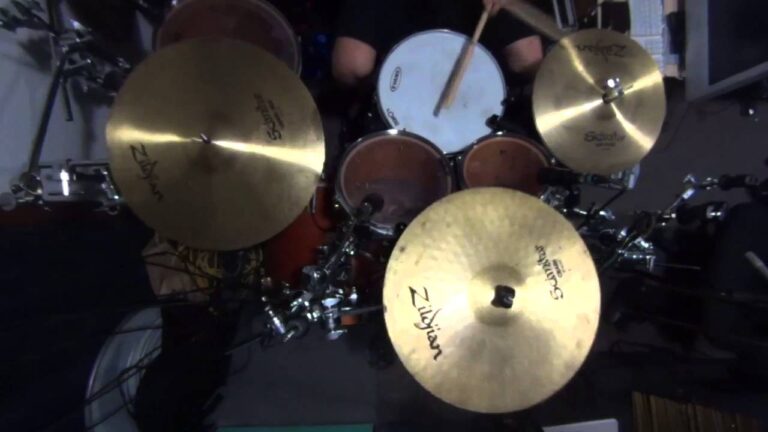The scimitar drum is a completely unique and intriguing percussion instrument that has fascinated musicians and fanatics alike. With its awesome form, rich records, and flexible sound, it sticks out in the international of musical gadgets. This article explores the origins, production, gambling techniques, cultural importance, amazing musicians, and contemporary use of the scimitar drum.
1. Origins and Evolution of the Scimitar drum
The scimitar drum, named after the curved scimitar sword, strains its roots returned to historic civilizations. Early proof suggests that comparable drums had been used inside the Middle East and North Africa, particularly in regions such as Persia (modern-day Iran) and the Arabian Peninsula. These drums had been regularly made from herbal substances like wooden and animal disguise, reflecting the assets available on the time.
Over centuries, the layout and production of the scimitar drum developed. As trade routes expanded and cultures intermingled, the tool integrated influences from various areas. This evolution is evident inside the diverse patterns and sizes of scimitar drums located these days, each with its specific traits.
2. Construction and Design
The scimitar drum extraordinary shape is its maximum striking function. Resembling the curved blade of a scimitar sword, the drum generally has an elongated, curved body with one or heads. The frame is usually made from wood, metallic, or a combination of both, even as the drumheads are made from animal pores and skin or artificial materials.
The creation process of a scimitar drum calls for professional craftsmanship. Artisans cautiously pick out and form the materials, ensuring that the drum’s curvature and resonance are top-quality. The anxiety of the drumheads is meticulously adjusted to provide the desired pitch and tone. Some scimitar drum additionally function intricate carvings and decorations, adding to their aesthetic appeal.
3. Playing Techniques and Sound
Playing the scimitar drum calls for a mixture of skill, technique, and rhythm. Musicians use their fingers, hands, or sticks to strike the drumheads, generating plenty of sounds ranging from deep, resonant tones to sharp, staccato beats. The curved shape of the drum permits for precise gambling strategies, along with sliding the hand along the drumhead to create gliding notes.
The sound of a scimitar drum is each effective and flexible. It can offer a rhythmic basis for ensemble performances or serve as a solo tool in conventional and cutting-edge music. The drum’s capability to supply an extensive range of tones and dynamics makes it a fave among percussionists in search of to feature depth and texture to their tune.
4. Cultural Significance
The scimitar drum holds enormous cultural importance in numerous areas. In the Middle East, it’s miles regularly utilized in conventional song and dance performances, playing a important function in cultural celebrations and ceremonies. The drum’s rhythmic patterns and melodies are imperative to many people dances, developing an energetic and vibrant atmosphere.
In North Africa, the scimitar drum is a key detail in Gnawa tune, a spiritual and ceremonial genre with roots in the African diaspora. The drum’s rhythmic pulse is assumed to have recovery and trance-inducing residences, making it a critical element of Gnawa rituals.
5. Notable Musicians and Performances
Several extraordinary musicians have contributed to the popularity and evolution of the scimitar drum. These artists have mastered the device, pushed its limitations and showcased its talents on worldwide levels.
One such musician is Hossam Ramzy, an Egyptian percussionist regarded for his paintings in each conventional and modern tune. Ramzy’s virtuosic gambling and modern strategies have delivered the scimitar drum to the leading edge of worldwide music.
Another outstanding discern is Said El Artist, a master drummer from Morocco. El Artist’s performances combo traditional rhythms with cutting-edge influences, fascinating audiences with his dynamic and expressive style. His contributions have stimulated a new technology of percussionists to discover the scimitar drum.
6. Contemporary Use and Future Prospects
In current music, the scimitar drum keeps to locate its area in diverse genres and patterns. From fusion and jazz to international and digital music, the drum’s unique sound adds a exceptional flavor to compositions. Musicians and manufacturers experiment with its tones, integrating it into diverse musical landscapes.
The future of the scimitar drum seems promising, with expanded hobby and appreciation from musicians global. Educational establishments and percussion ensembles are incorporating the drum into their curricula, making sure that its legacy is preserved and passed directly to destiny generations.
Moreover, technological improvements in device making are probable to decorate the scimitar drum construction and sound fine. Innovations in substances and design could result in new possibilities, expanding the drum’s versatility and enchantment.
Conclusion
The scimitar drum is a fascinating tool with a rich history and cultural significance. Its particular form, versatile sound, and expressive talents make it a favorite among percussionists and track enthusiasts. As it keeps to conform and find new audiences, the scimitar drum remains a testament to the enduring electricity of rhythm and music. Whether in traditional ceremonies or current performances, this enigmatic drum continues to inspire and enchant, bridging the past and the future in the international of percussion.
